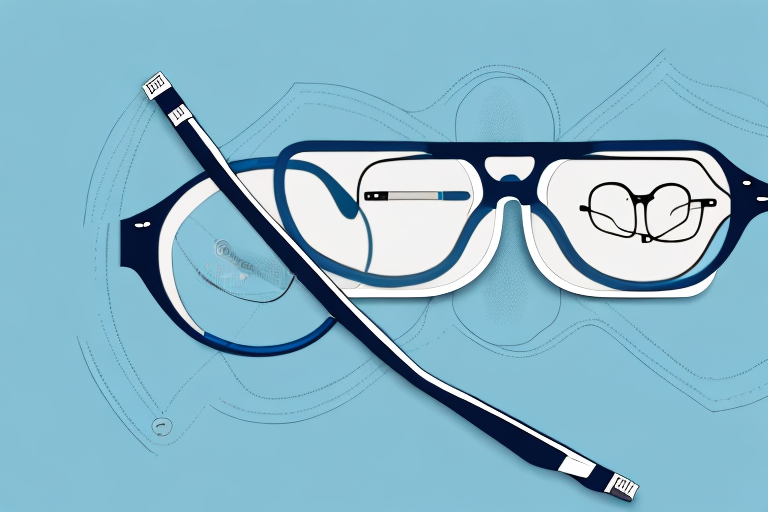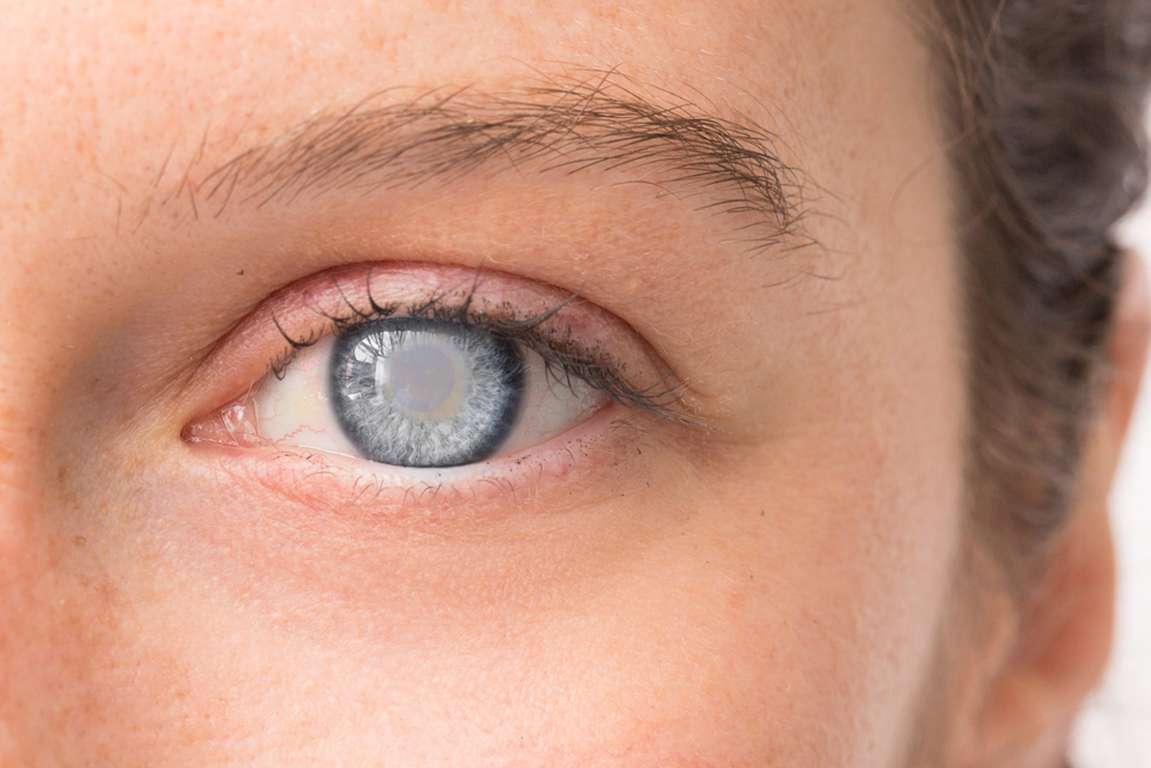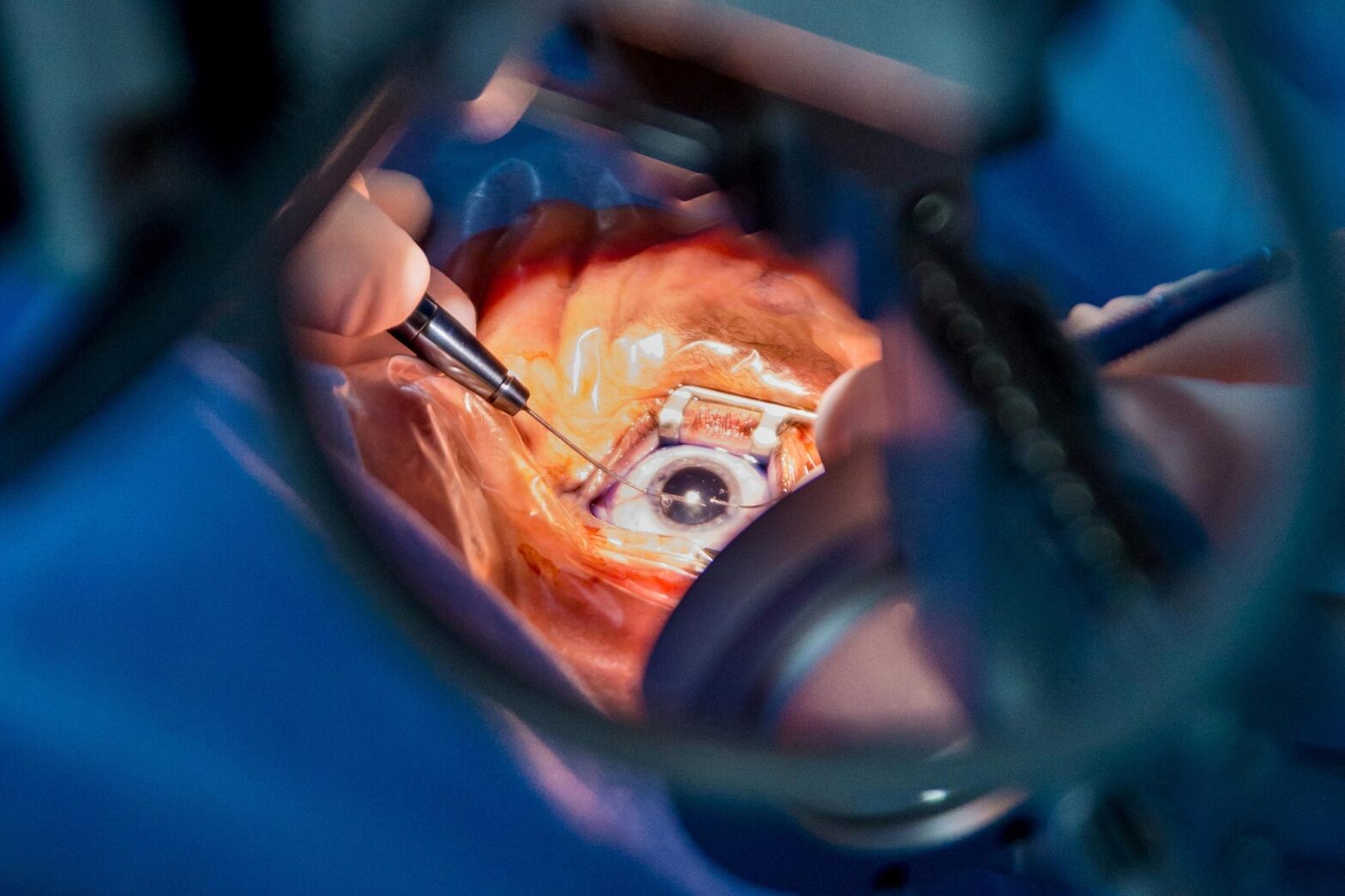LASIK eye surgery has become a popular option for individuals seeking to correct their vision and reduce their dependence on glasses or contact lenses. However, many people have questions about the procedure, its effectiveness, and the potential risks involved. In this article, we will address some of the most common questions surrounding LASIK and provide expert answers to help you make an informed decision.
Understanding LASIK Eye Surgery
LASIK, which stands for Laser-Assisted In Situ Keratomileusis, is a surgical procedure that uses a laser to reshape the cornea, the clear front part of the eye. By reshaping the cornea, LASIK corrects common vision problems such as nearsightedness, farsightedness, and astigmatism. This allows light to focus more directly on the retina, resulting in clearer vision.
LASIK is a popular and effective procedure that has helped millions of people around the world achieve better vision without the need for glasses or contact lenses. It is a safe and relatively painless procedure that can be completed in a matter of minutes.
What is LASIK Eye Surgery?
LASIK eye surgery is a precise and advanced procedure that offers a permanent solution to vision problems. It is a highly customizable procedure that can be tailored to meet the unique needs of each individual patient. The success rate of LASIK is extremely high, with the majority of patients achieving 20/20 vision or better after the surgery.
During the LASIK procedure, the patient is given numbing eye drops to ensure comfort throughout the surgery. The surgeon then uses a microkeratome or femtosecond laser to create a thin flap on the cornea. This flap is carefully lifted, exposing the underlying corneal tissue.
How Does LASIK Work?
The next step in the LASIK procedure involves reshaping the cornea using an excimer laser. The excimer laser emits a cool ultraviolet light beam that precisely removes microscopic amounts of tissue from the cornea. This reshaping process corrects the refractive errors that cause vision problems.
The excimer laser is controlled by a computer, which ensures accuracy and precision during the procedure. The surgeon carefully reshapes the cornea based on the patient’s specific prescription, taking into account factors such as the thickness and curvature of the cornea.

After the cornea has been reshaped, the surgeon gently repositions the flap back into place. The flap adheres naturally to the underlying cornea, eliminating the need for stitches. The entire LASIK procedure is typically completed within 15 minutes per eye.
Following the surgery, patients may experience some mild discomfort or dryness in the eyes. This can be managed with the use of lubricating eye drops and over-the-counter pain relievers. Most patients notice an immediate improvement in their vision, with further improvement occurring over the next few days or weeks. By visiting https://relaxmyeyes.com/how-to-treat-a-dry-eye-disease-flare-up-after-cataract-surgery/ you can also read about How To Treat A Dry Eye Disease Flare-Up After Cataract Surgery.
It is important for patients to follow their surgeon’s post-operative instructions to ensure proper healing and optimal results. Regular follow-up appointments will be scheduled to monitor the progress of the healing process and address any concerns or questions that may arise.
In conclusion, LASIK eye surgery is a revolutionary procedure that has transformed the lives of millions of people worldwide. It offers a safe, effective, and long-lasting solution to vision problems, allowing individuals to enjoy clear and crisp vision without the need for corrective eyewear. If you are considering LASIK, it is important to consult with a qualified and experienced eye surgeon to determine if you are a suitable candidate for the procedure.
Preparing for LASIK Eye Surgery
Who is a Suitable Candidate for LASIK?
Not everyone is a suitable candidate for LASIK eye surgery. Ideal candidates must meet specific criteria, such as being at least 18 years old, having stable vision prescription for at least one year, having healthy corneas, and being in good overall health. An evaluation by an experienced eye surgeon is necessary to determine if LASIK is appropriate for an individual.
During the evaluation, the eye surgeon will thoroughly examine the patient’s eyes to assess their suitability for LASIK. This examination may involve various tests and measurements to gather detailed information about the patient’s eye health. The surgeon will evaluate the corneal thickness, pupil size, and refraction to determine the exact measurements needed for the surgery.
Additionally, the surgeon will take into consideration the patient’s medical history and any existing eye conditions. Factors such as dry eyes, glaucoma, cataracts, or any other ocular abnormalities may affect the suitability of LASIK for an individual.
It is important for potential LASIK candidates to have stable vision prescription for at least one year prior to the surgery. This stability ensures that the patient’s vision has stabilized, reducing the risk of complications during and after the procedure.
Furthermore, the candidate’s corneas should be healthy and free from any significant irregularities. The cornea plays a crucial role in the success of LASIK surgery as it is reshaped to correct the refractive error. Any abnormalities or thinning of the cornea may impact the outcome of the procedure.
Overall, being in good general health is also an important factor in determining the suitability for LASIK. Certain medical conditions, such as autoimmune disorders or uncontrolled diabetes, may affect the healing process and increase the risk of complications.
What to Expect Before the Procedure?
Prior to the LASIK procedure, you will undergo a comprehensive eye examination to assess your eye health and determine the exact measurements needed for the surgery. This examination will include tests to measure your corneal thickness, pupil size, and refraction. The surgeon will also discuss any pre-operative instructions, such as discontinuing the use of contact lenses for a certain period before the procedure.
The comprehensive eye examination is a crucial step in the LASIK preparation process. It allows the surgeon to gather detailed information about your eyes and ensure that you are a suitable candidate for the procedure. The measurements obtained during this examination will guide the surgeon in customizing the LASIK treatment to your specific needs. You can also read about Eye Care Specialists by visiting https://my.clevelandclinic.org/health/articles/8607-eye-care-specialists
During the examination, the surgeon may use advanced imaging technologies, such as corneal topography or wavefront analysis, to obtain a more accurate and detailed map of your eyes. These technologies provide valuable information about the shape and structure of your cornea, allowing the surgeon to plan the LASIK procedure with precision.
In addition to the eye examination, the surgeon will provide you with specific instructions to follow before the LASIK procedure. One common instruction is to discontinue the use of contact lenses for a certain period before the surgery. This is because contact lenses can alter the shape of the cornea, and it is important for the cornea to return to its natural state before the surgery to ensure accurate measurements and optimal results.
Furthermore, the surgeon may advise you to avoid wearing eye makeup, lotions, or creams on the day of the procedure. These substances can interfere with the surgical process and increase the risk of infection. It is important to follow all pre-operative instructions provided by the surgeon to ensure a smooth and successful LASIK experience.
Overall, the preparation for LASIK involves a thorough evaluation of your eye health, precise measurements, and adherence to pre-operative instructions. By following these steps, you can increase the likelihood of achieving your desired visual outcome and enjoying the benefits of LASIK eye surgery.
The LASIK Procedure: A Step-by-Step Guide
The Initial Consultation
The LASIK journey begins with an initial consultation with an ophthalmologist or optometrist skilled in refractive surgery. This consultation is an essential step in determining whether LASIK is the right procedure for you. During this consultation, the surgeon will evaluate your overall eye health and discuss your expectations and any concerns you may have.
One of the first things the surgeon will do is conduct a thorough examination of your eyes. They will use specialized equipment to measure your visual acuity and assess the health of your cornea. This examination will help the surgeon determine if you are a suitable candidate for LASIK.
In addition to evaluating your eye health, the surgeon will also take the time to understand your lifestyle and visual needs. They will ask you questions about your occupation, hobbies, and activities to ensure that LASIK is the right choice for your specific circumstances.
Once the initial evaluation is complete, the surgeon will discuss the potential risks and benefits of LASIK with you. They will explain the procedure in detail, addressing any concerns or questions you may have. It is crucial to have a clear understanding of the procedure and its potential outcomes before making a decision.
During the consultation, the surgeon will also conduct a series of tests to gather more information about your eyes. These tests may include corneal topography and wavefront aberrometry. Corneal topography measures the shape of your cornea, helping the surgeon identify any irregularities that may affect the success of the procedure. Wavefront aberrometry measures the way light travels through your eye, providing a detailed map of your eye’s optical system.
The Surgery Process
On the day of the procedure, you will arrive at the LASIK center, prepared and ready for your life-changing surgery. Before the surgery begins, you will be given numbing eye drops to ensure your comfort throughout the procedure.
The surgeon will start by creating a thin flap on the cornea. This can be done using a microkeratome, a precision surgical instrument, or a femtosecond laser, a highly advanced technology. The choice of method depends on the surgeon’s preference and the unique characteristics of your eyes.
Once the flap is created, it is gently lifted, exposing the underlying corneal tissue. The surgeon will then use an excimer laser to reshape the cornea, removing precise amounts of tissue to correct your vision. The excimer laser is a highly precise tool that can sculpt the cornea with incredible accuracy, ensuring optimal visual outcomes.
The entire LASIK procedure typically lasts between 10 to 15 minutes per eye. Throughout the surgery, the surgeon and their team will closely monitor your eye to ensure everything is going smoothly. They will use advanced technology and techniques to maintain the highest level of safety and precision.
After the surgery is complete, the flap is carefully repositioned on the cornea. This flap acts as a natural bandage, protecting the treated area and promoting healing. The surgeon will provide you with detailed post-operative instructions to follow, including the use of eye drops and avoiding certain activities for a specified period.
It is important to note that LASIK is a highly individualized procedure, and the specific details of your surgery may vary. Your surgeon will tailor the procedure to your unique needs and take into account factors such as your prescription, corneal thickness, and overall eye health.
With the LASIK procedure now complete, you are one step closer to achieving clear, crisp vision without the need for glasses or contact lenses. The next few weeks will be a critical time for your eyes to heal and adjust to their new shape. Follow your surgeon’s instructions diligently, attend all follow-up appointments, and soon you will be enjoying the freedom and convenience that LASIK brings.
Post-Surgery Care and Recovery
What to Expect After the Surgery?
Following the LASIK procedure, it is normal to experience some discomfort, dryness, and blurred vision for a few days. Your eye surgeon may prescribe eye drops or medications to alleviate these symptoms and promote healing. It is essential to attend follow-up appointments to monitor your progress and ensure your eyes are healing as expected.
Tips for a Smooth Recovery
During the recovery period, it is crucial to take certain precautions to promote optimal healing and minimize the risk of complications. These include avoiding strenuous activities, swimming, rubbing the eyes, and wearing eye makeup for a specific duration advised by your eye surgeon. It is also recommended to wear protective eyewear, such as sunglasses, to shield your eyes from bright sunlight and dust.
Potential Risks and Complications of LASIK
Common Side Effects
While LASIK is generally considered safe and effective, like any surgical procedure, it does carry some risks. Common side effects may include dry eyes, glare, halos, fluctuating vision, and sensitivity to light. These side effects are usually temporary and improve over time as the eyes heal.
Serious Complications and How to Avoid Them
Although rare, serious complications can occur after LASIK eye surgery. These may include infection, corneal scarring, corneal flap complications, vision loss, and problems with night vision. To minimize the risk of experiencing these complications, it is crucial to choose an experienced and reputable eye surgeon who follows strict safety protocols and thoroughly evaluates your suitability for LASIK.By answering these common questions and addressing potential concerns, we hope to provide you with a comprehensive understanding of LASIK eye surgery. However, it is important to consult with a qualified eye surgeon to receive personalized advice based on your specific eye health and circumstances. With the right information and expert guidance, LASIK can be a life-changing solution for achieving clearer vision and freeing yourself from the limitations of eyeglasses or contact lenses.












